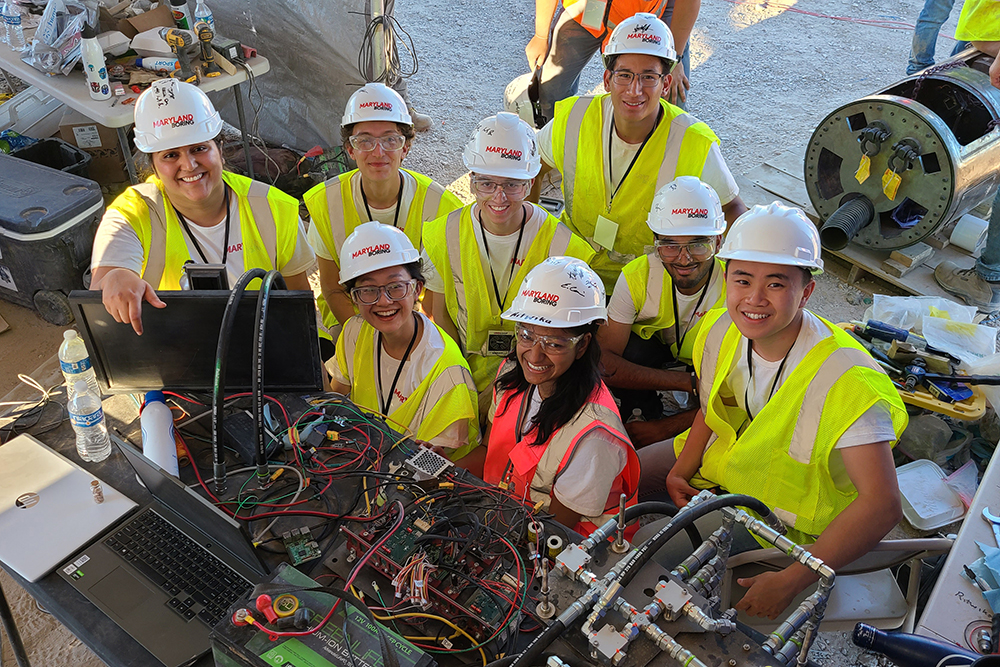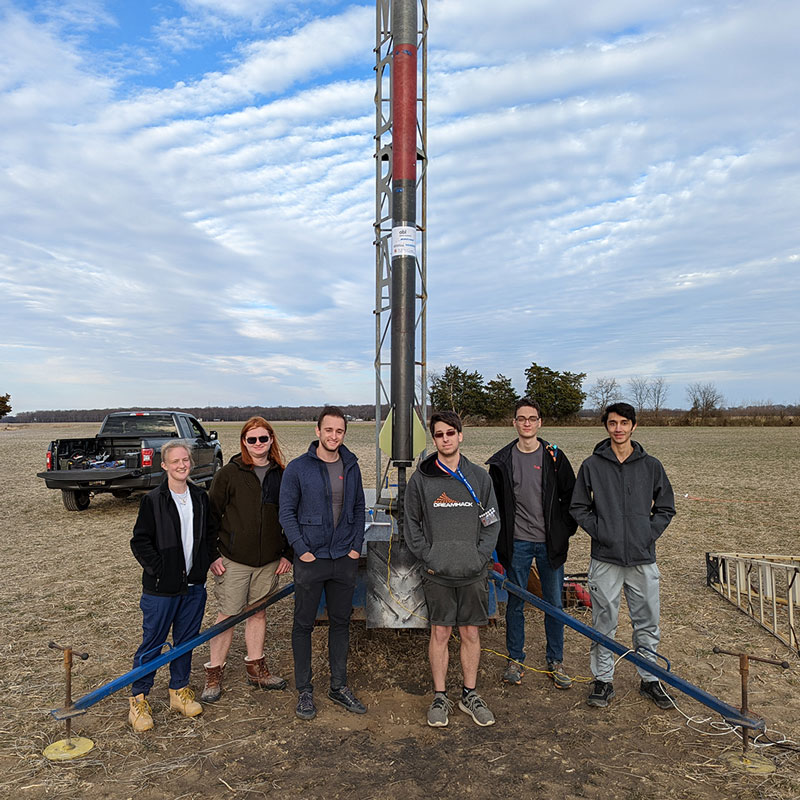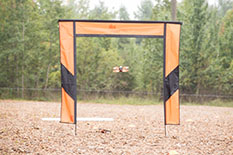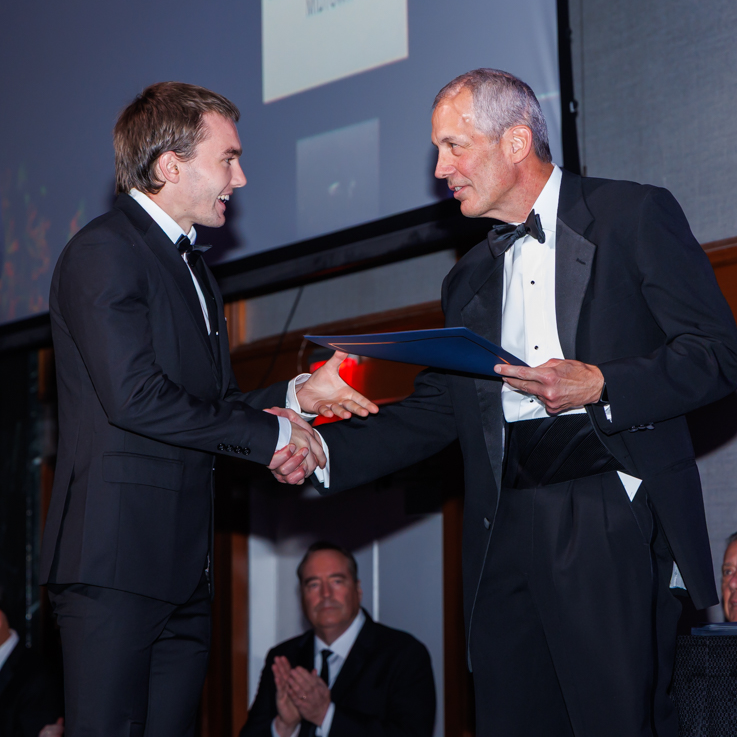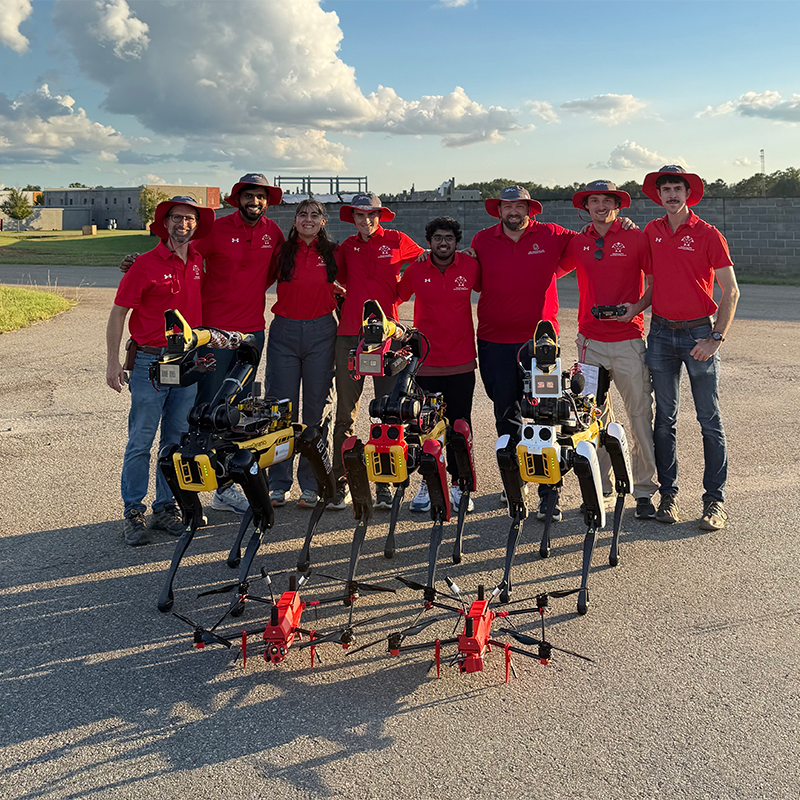News Story
Digging into Competition
An interdisciplinary team of University of Maryland (UMD) students has landed a hard-earned spot as one of the “Digging Dozen” finalists in the first-ever Not-a-Boring Competition, hosted by Elon Musk’s The Boring Company.
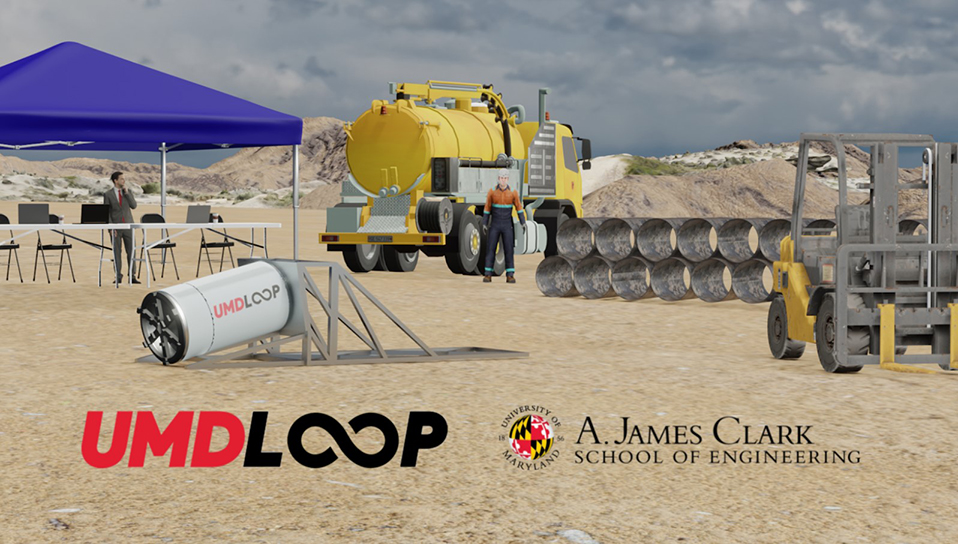 The team, UMD Loop, originally created in 2015 to compete in Musk’s SpaceX Hyperloop competitions, is switching gears to tackle a whole new challenge: building UMD’s first ever tunnel-boring machine (TBM), which will be capable of quickly boring a thirty-meter hole underground.
The team, UMD Loop, originally created in 2015 to compete in Musk’s SpaceX Hyperloop competitions, is switching gears to tackle a whole new challenge: building UMD’s first ever tunnel-boring machine (TBM), which will be capable of quickly boring a thirty-meter hole underground.
The Boring Company’s goal is to build the tunnel infrastructure necessary to enable fast, safe, and comfortable transportation, including Loop and Hyperloop. But creating this large network of tunnels requires innovations in tunnelling speed in order to reduce costs over conventional methods, and that’s where this latest round of competition comes in.
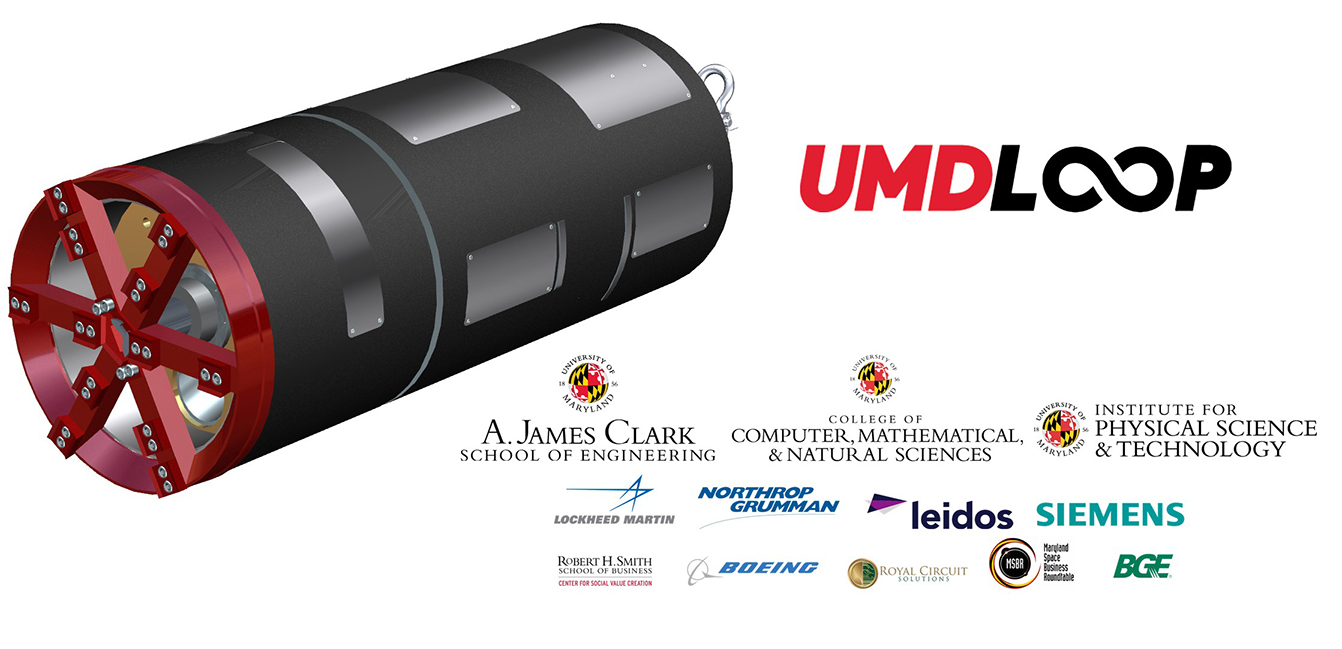 Nearly 400 international applications were submitted for just twelve slots to compete later this year in Nevada. Teams will be judged and awarded based on the fastest to complete the tunnel, the fastest to complete the tunnel with a driving surface (for a remote controlled car), and the most accurate guidance system.
Nearly 400 international applications were submitted for just twelve slots to compete later this year in Nevada. Teams will be judged and awarded based on the fastest to complete the tunnel, the fastest to complete the tunnel with a driving surface (for a remote controlled car), and the most accurate guidance system.
While there is still a lot of work to be completed, the students are optimistic about the competition.
“Everyone on the team has this drive to solve hard problems, and that’s gotten us very far,” said Das. “We started off in August, not knowing anything about TBMs, and here we are. Hopefully, that drive gets us to competition successfully.”
Support UMD Loop’s 2021 competition through their Launch UMD fundraising campaign.
Published May 13, 2021
